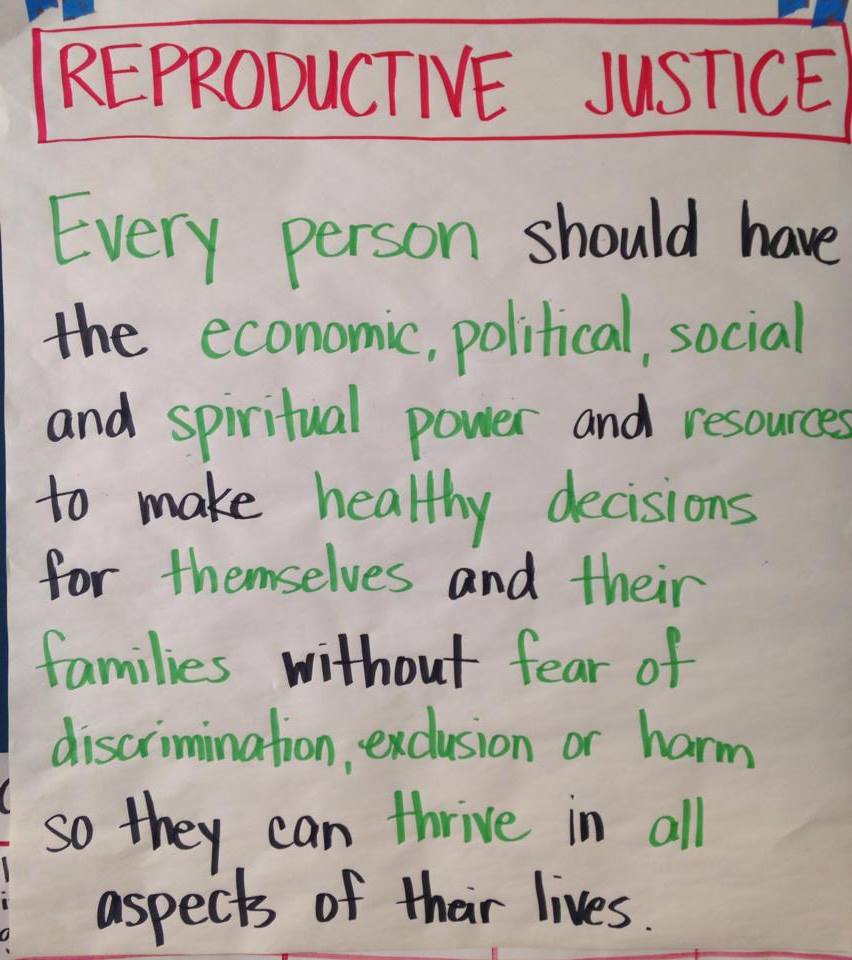In a consultation with her gynecologist a woman reports informally that she needs confirmation that she is free of all sexually transmitted diseases. It wasn’t really rape she pleads with a mix of fear and shame. She should not have been there, but he said she was pretty. It all happened so quickly, in a split second. Then she screamed, and he stopped. He is an administrative supervisor of 30 years; she is an employee of only 6 months. Elusive statistics on casual rape show 90% remain unreported. The data implies the existence of many fellow victims at her work place. This information, along with her negative test result, did little to assuage the permanent violation of body and mind that she carries each day back to the work place. Fear of exposure, retaliation, loss of job and personal safety becomes her new mode of existence. The physician bound by the limits of health privacy and absence of appropriate resources to help becomes an impotent appendage of the system, unable to address the social pariah, a system that traps the victim and the health care professional in a prison of secret public health epidemics of rape.
Here the prison isn’t a figure of speech. The two work in prison, and she is an inmate.
As mandated by the Prison Rape Elimination Act of 2003, the Bureau of Justice Statistics publishes regular statistical reviews and analyses of incidents and effects of prison “sexual victimization.” In its 2011-2012 report, sexual abuse rates remained fairly constant, with 4% in prisons, down from 4.5% in 2007; and 3.2% in jails, which is the same as 2007. Since incidents of sexual abuse are notoriously under reported and because the high volume of admissions in local jails making these detainees invisible to BJS surveyors, the statistics represent only a small percentage of prisoners’ abuses.
There is a need for a different kind of dialogue that would expose the marginalization of people that allows, and promotes, sexual abuses to go on behind closed doors. The important confidentiality of the physician’s office contrasts with the dearth of instances for sexual abuses to be rendered public without fear and shame. As we recall, pregnant women may be prosecuted and sent to jail for supposedly endangering their fetus, but who prosecutes the abusers that endanger women’s health?
We need to start a change in the paradigm of power that makes so many suffer.
(Photo Credit: ThinkProgress / Just Detention)
